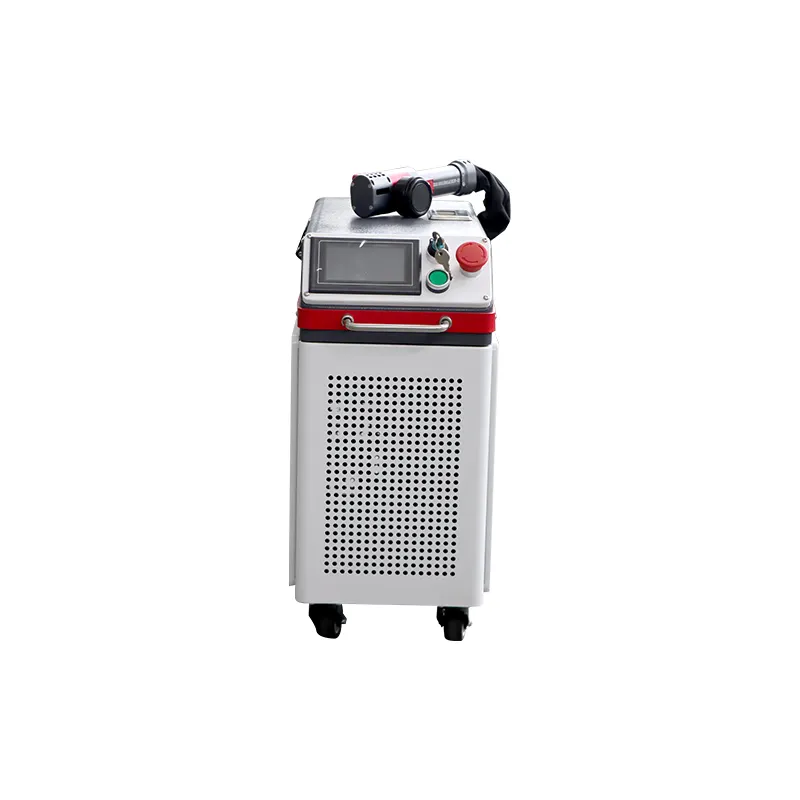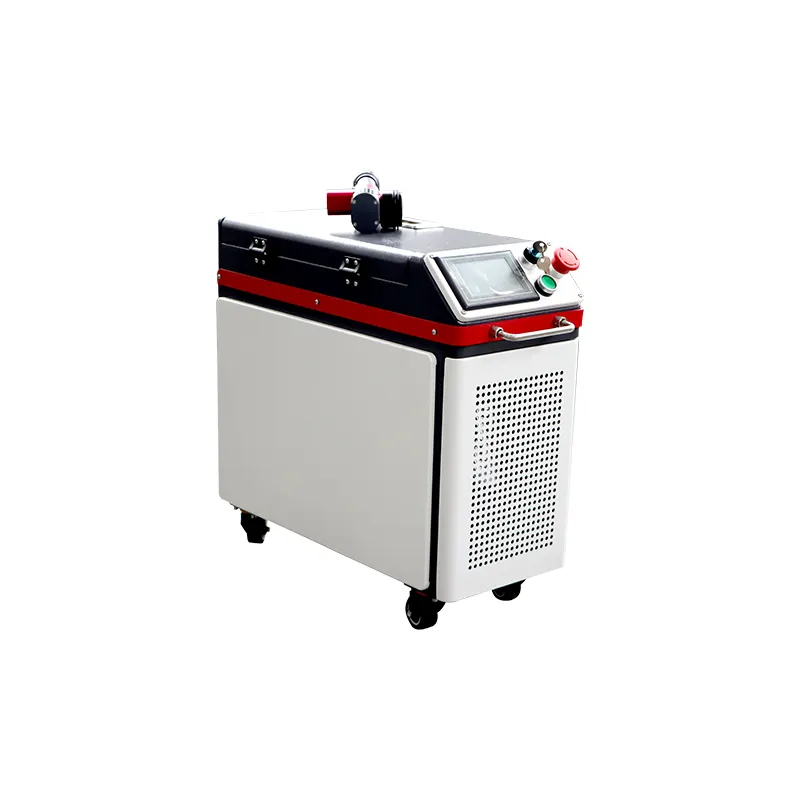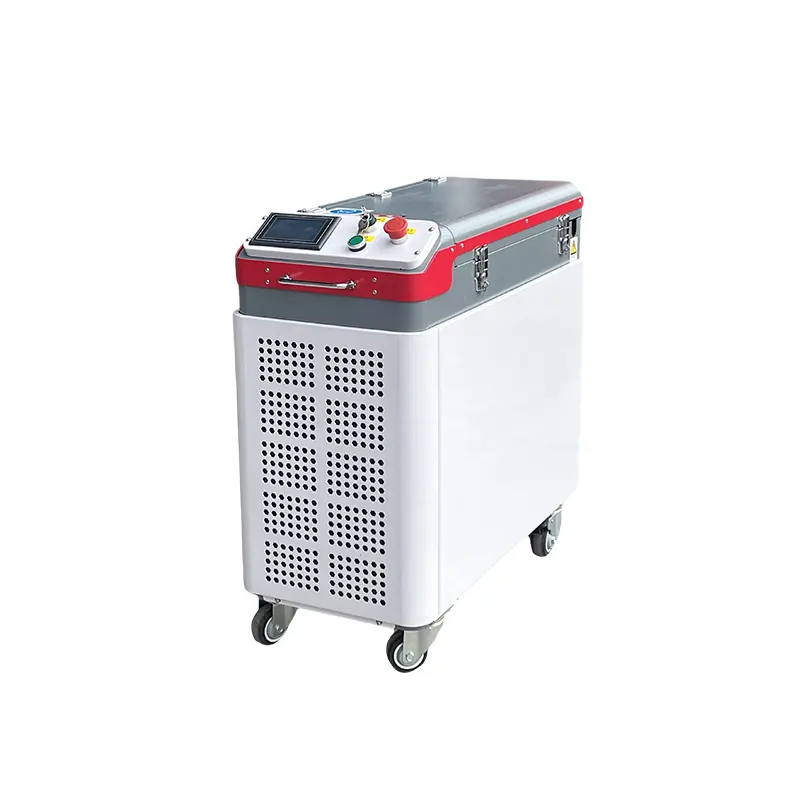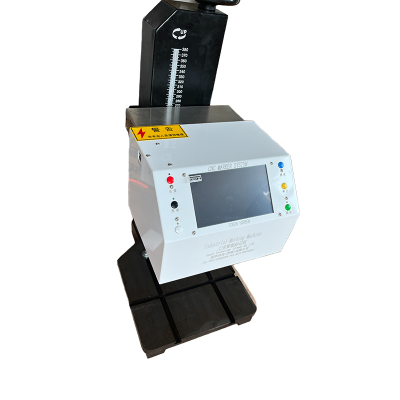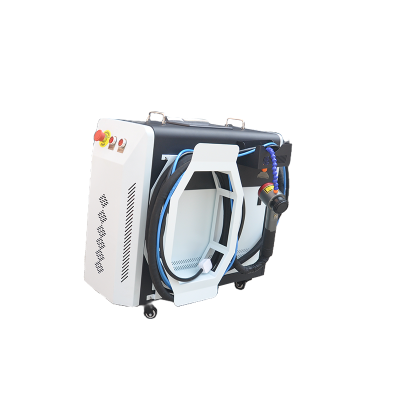Industrial Pulsed Laser Cleaning Machine
High efficiency: The pulse laser cleaning function can complete the cleaning task in a very short time, significantly improving the work efficiency.
Accuracy: The laser beam can be precisely controlled down to the micron level for precise cleaning of specific areas.
Non-destructive: The non-contact cleaning method will not cause mechanical or thermal damage to the substrate.
Environmental protection: no need to use chemical cleaning agents, reducing pollution to the environment.
Wide applicability: suitable for surface cleaning of various materials, including metal, non-metal, glass, ceramics, etc.
Pulsed laser cleaning machine product introduction
Our laser cleaner is highly versatile and can effectively clean a wide range of materials, including:
Metals: Aluminium, Steel, Copper, Titanium, Nickel, Chromium, Cast Iron, Carbide
Composites: Carbon fibre reinforced plastics, Composite materials
Others: Silicon, Thermoplastics, Ceramics, Marble
2. Impact on Cleaned Materials
There are two main types of laser cleaning: pulse type and continuous type.
The pulse type offers a more precise cleaning effect, while the continuous type provides a faster cleaning speed.
In terms of material damage, the pulse type causes less damage compared to the continuous type.
By optimizing the algorithm and increasing the cleaning speed, we can achieve a cleaning process that causes virtually no damage to the substrate.
3. Available Cleaning Modes
At present, our laser cleaner supports nine different cleaning modes, namely:
Linear
Rectangle I
Rectangle II
Circle
Sine
Spiral
Free
Circle (Note: It seems there might be a repetition here. You may want to confirm if there's an error or if it's a different type of circle mode)
Rotary
4. Language Interface
The product currently supports 16 languages, including Chinese (Simplified), Chinese (Traditional), English, Russian, Japanese, Spanish, German, Korean, and French, among others.
5. Product Applications
This laser cleaning machine is suitable for removing various types of stains, such as:
Rust layers
Paint
Oil
Coatings
Oxidation layers
Fine dust on stone statues
Residue from rubber moulding
In addition, it can also be used for pre - treatment of welded or painted surfaces.
